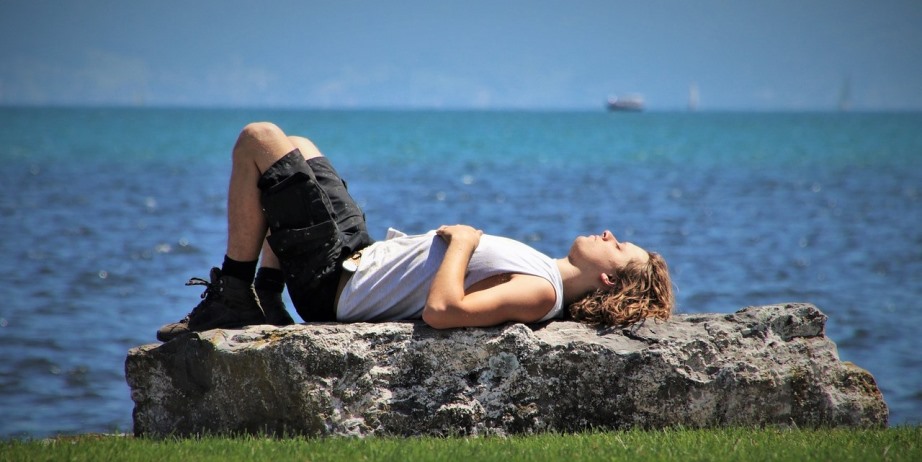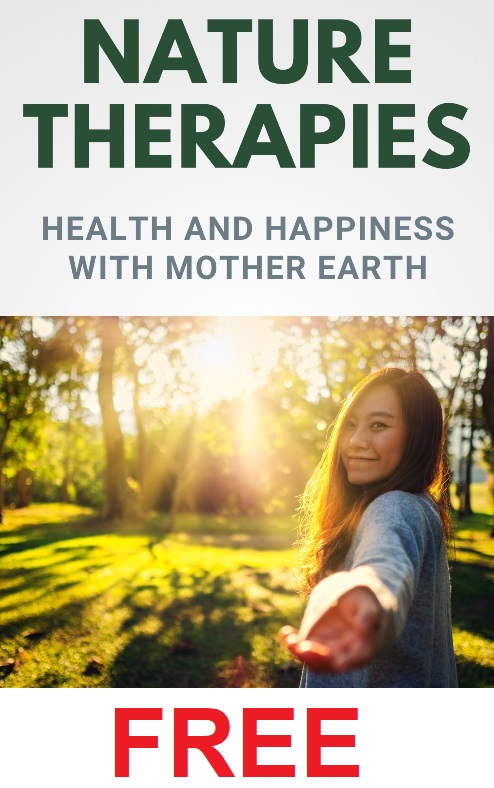
When we expose our skin to the sun we engage in what’s commonly called sunbathing or suntanning.
In the past decades, there has been a lot of negative publicity around sunbathing, and there’s certainly reason to that, but then again, exposure to the sun (and light) is likewise needed and good and healthy for us when done with caution and moderation.

For instance, the WHO (World Health Organization) has published guidelines to avoid excessive sun exposure, but at the same time mentions that a lack of sunlight is responsible for disorders of the musculoskeletal system and possibly an increased risk of various autoimmune diseases and life-threatening cancers.
In any case, sunbathing can be done deliberately, or it may be simply the result of certain parts of our body being exposed when we are outdoors, for instance when we swim or hike. Typically, the skin color changes and becomes darkened or tanned.
Moderate exposure to direct sunlight stimulates the production of melanin (protects our cells against sun damage) and Vitamin D by the body (essential for genes regulation, calcium metabolism and healthy bones, neuromuscular and immune system functioning), enhances our mood and energy, and protects us against depression. Moreover, rhythmic exposure to sunlight also regulates our melatonin production, which is essential for our sleep–wake cycles.
A lack of sunlight can cause a drop in serotonin (a chemical that transports messages between nerve cells in the brain and across the body), which may trigger depression. Mind that serotonin plays an important role in functions such as mood, anxiety, digestion, nausea, sleep, wound healing and bone health, blood clotting, and sexual desire.
Nonetheless, excessive exposure to sunlight can have negative effects for our health, such as sunburn, sunstroke, increased risk of cataract (a cloudy area in the lens of your eye), destruction of Vitamin A in the skin, increased risk of skin cancer, a diminished immune function, and faster aging of the skin.
In general, it’s advised to use protection against prolonged direct sunlight when being outdoors, especially if one is not used to longer times of exposure to the sun. Think of clothing, a hat or cap, sunglasses, an umbrella or sunshade, and/or sunscreens in the form of creams, lotions, sprays, gels, foams, and the like.
















